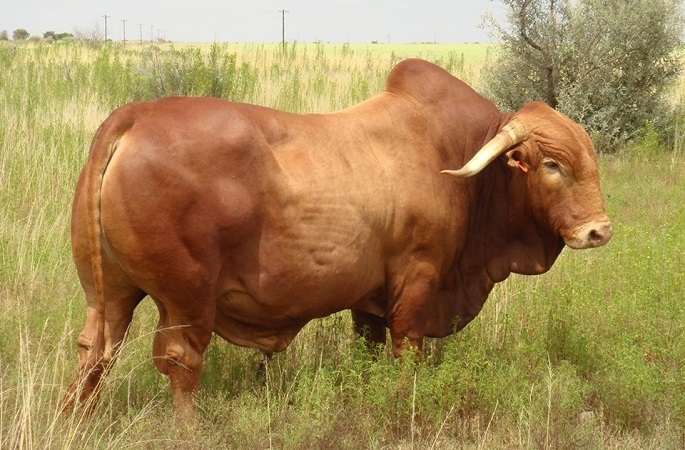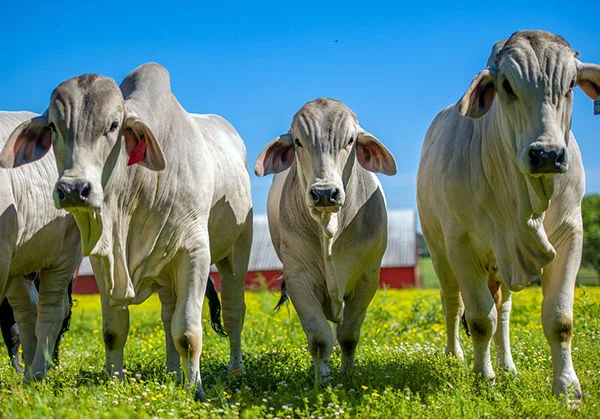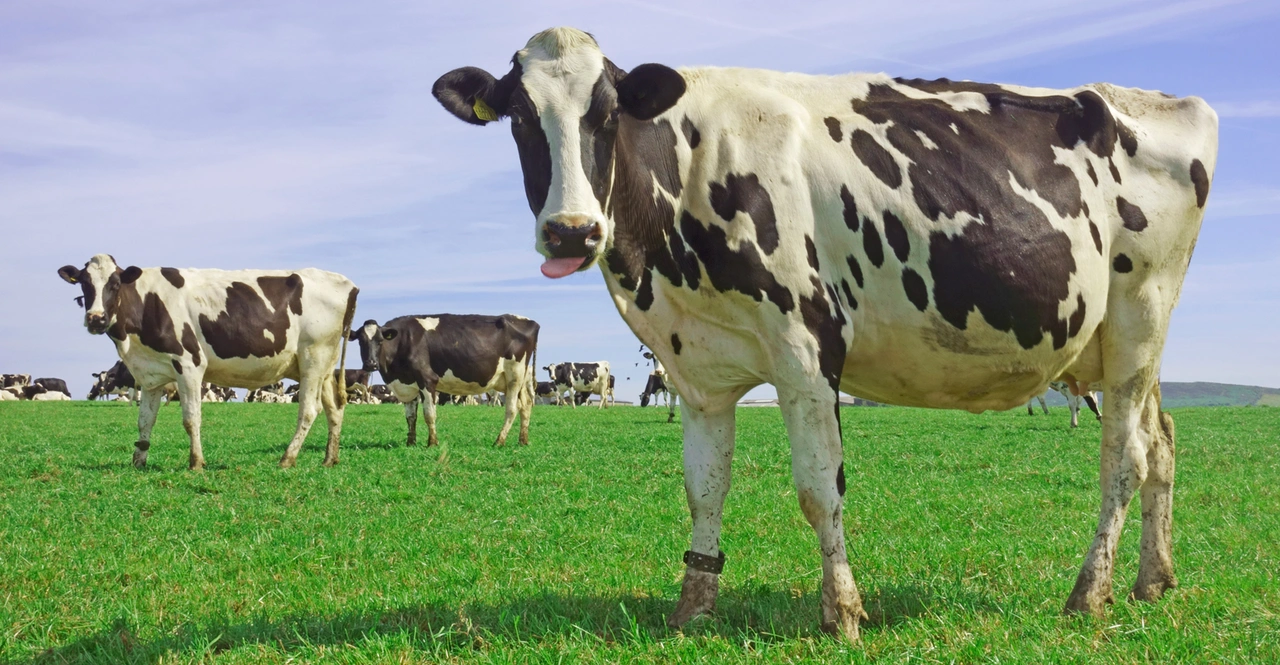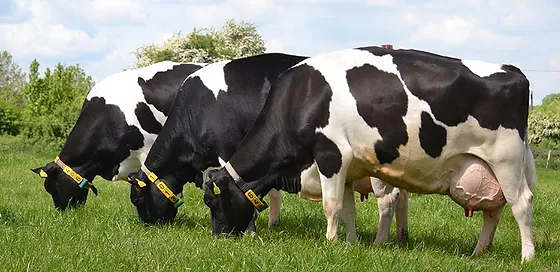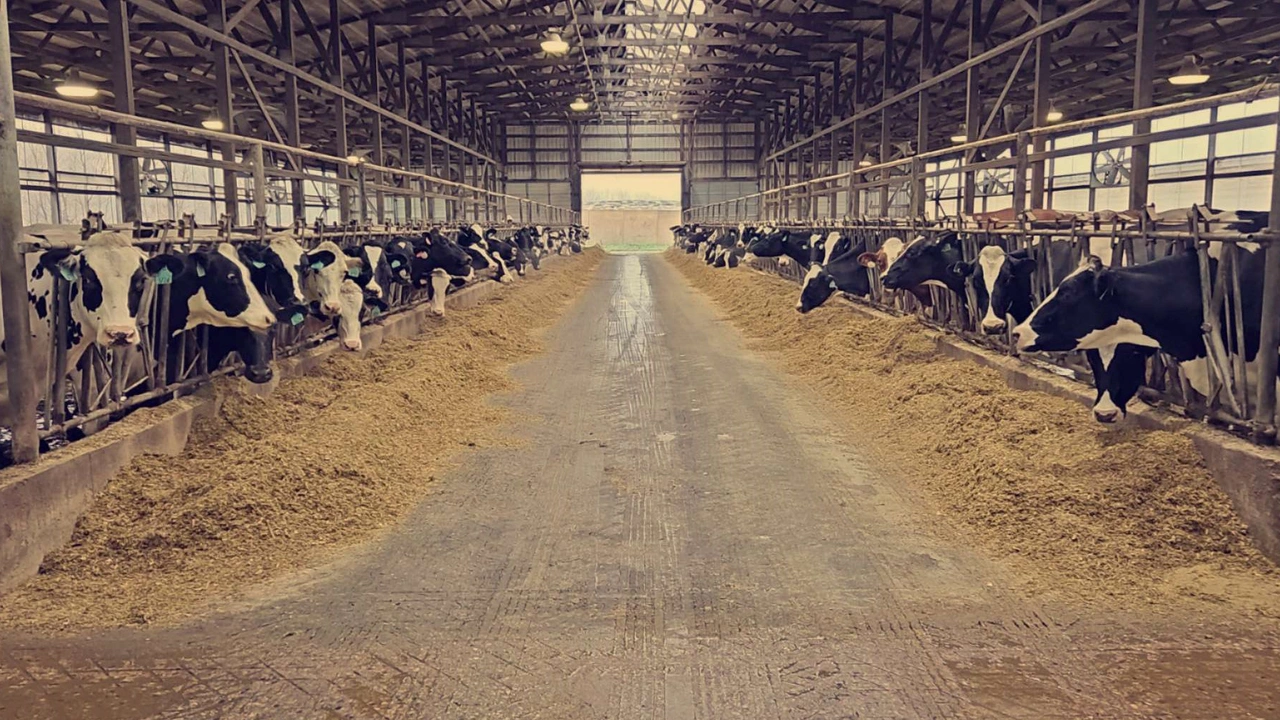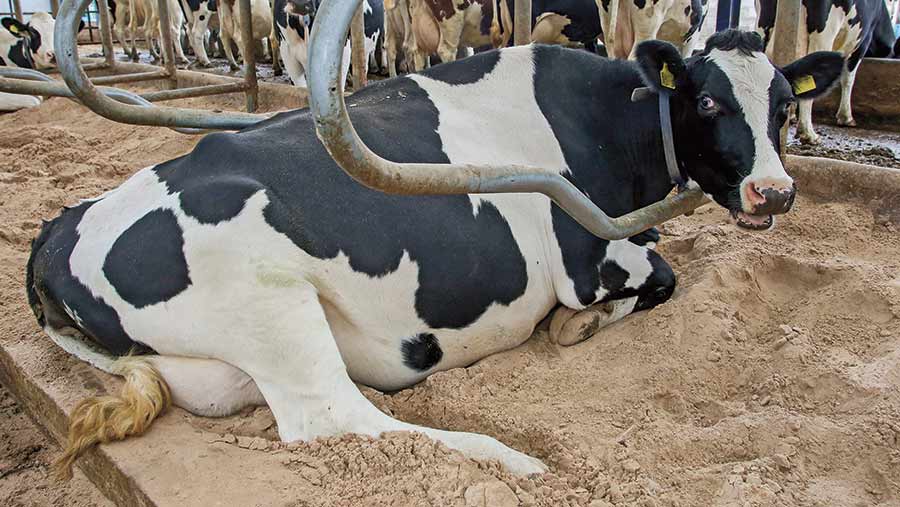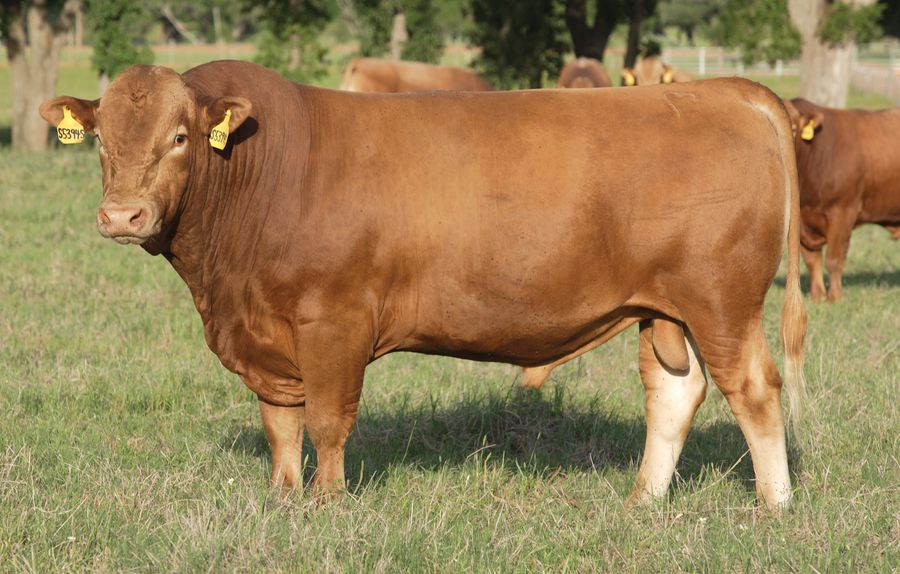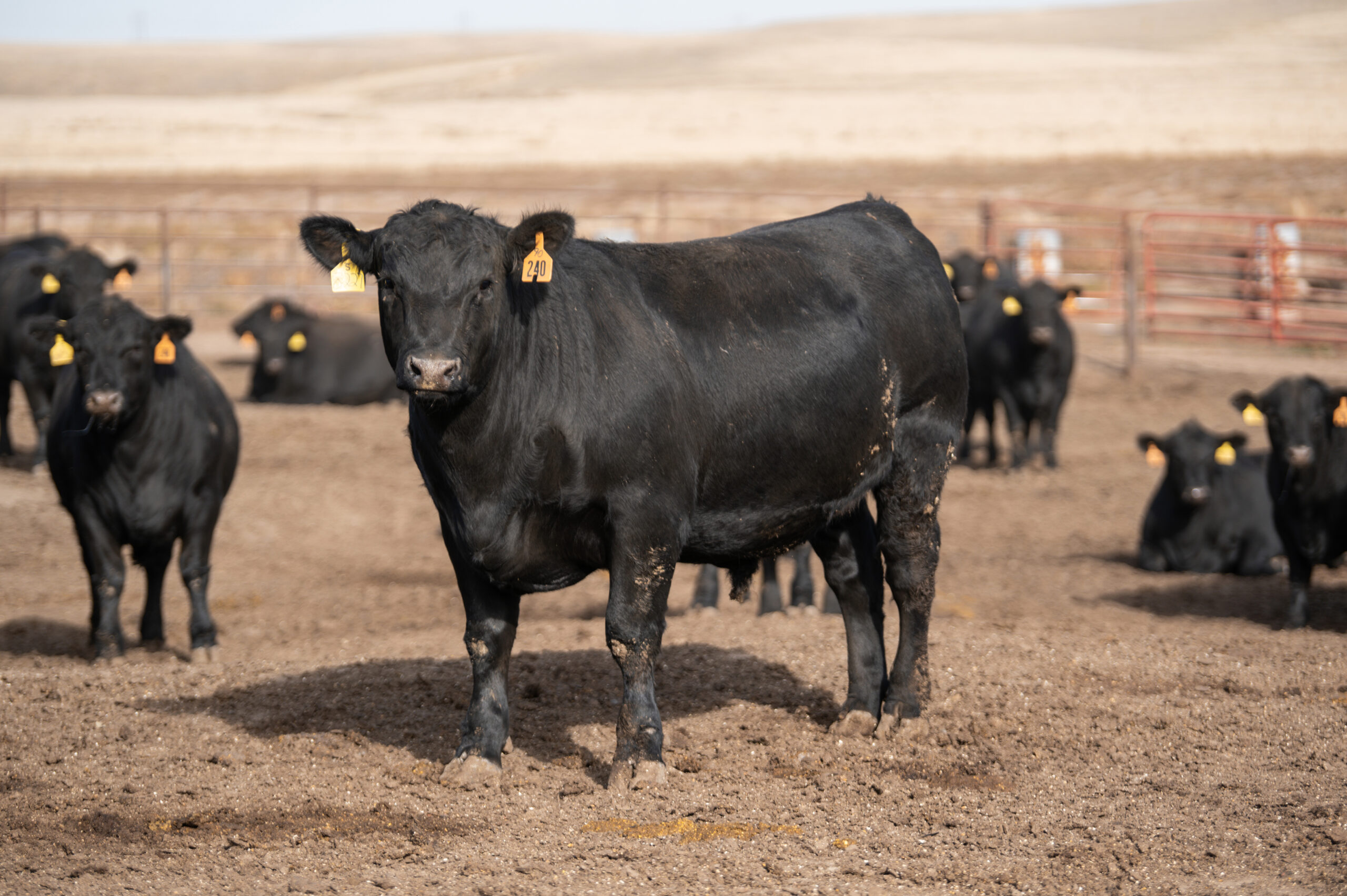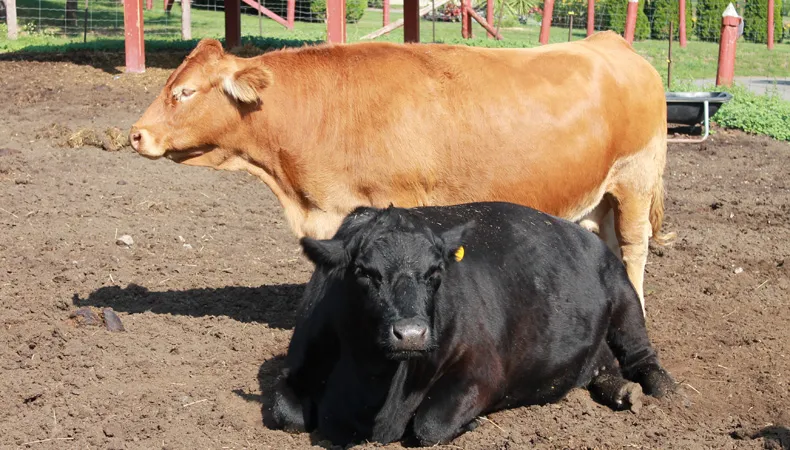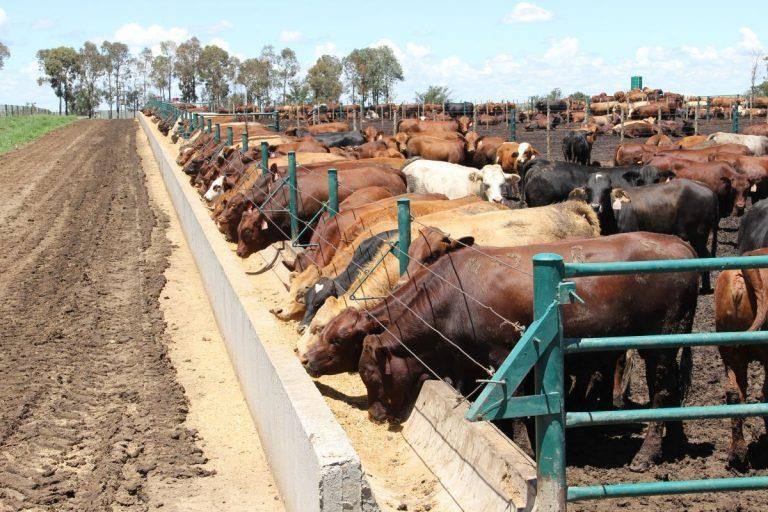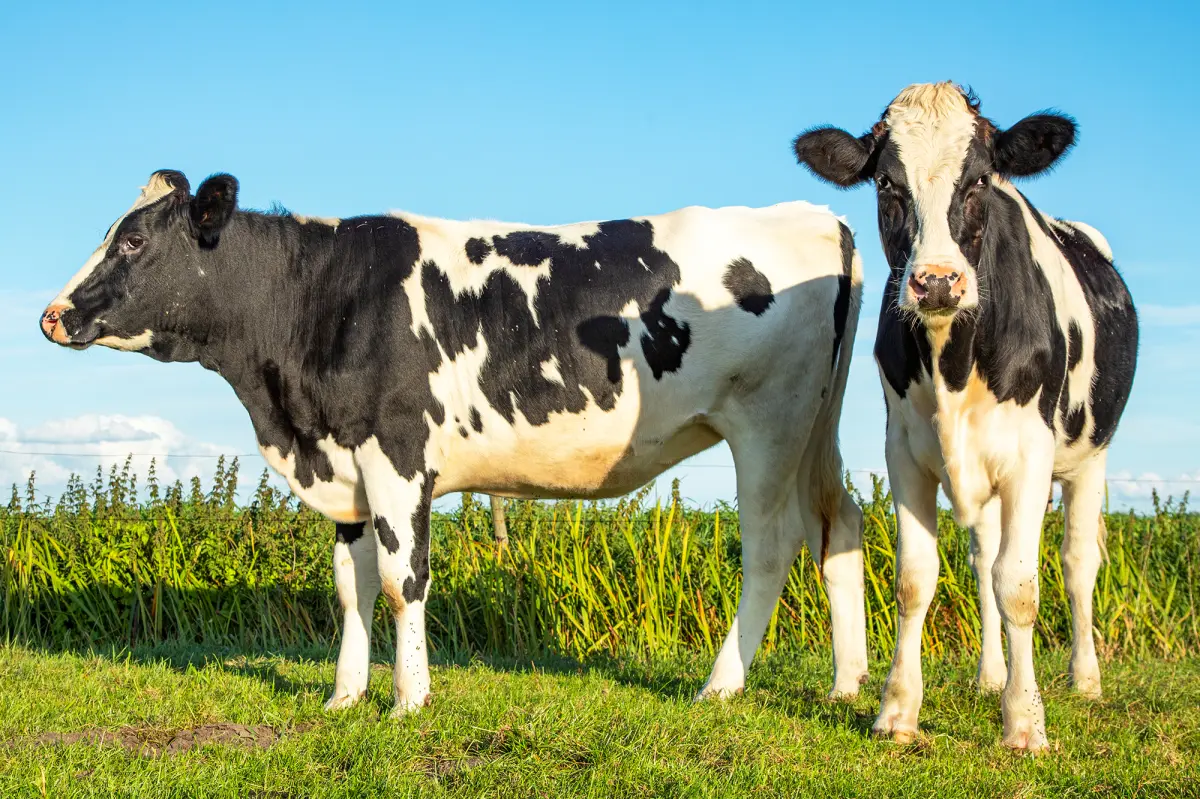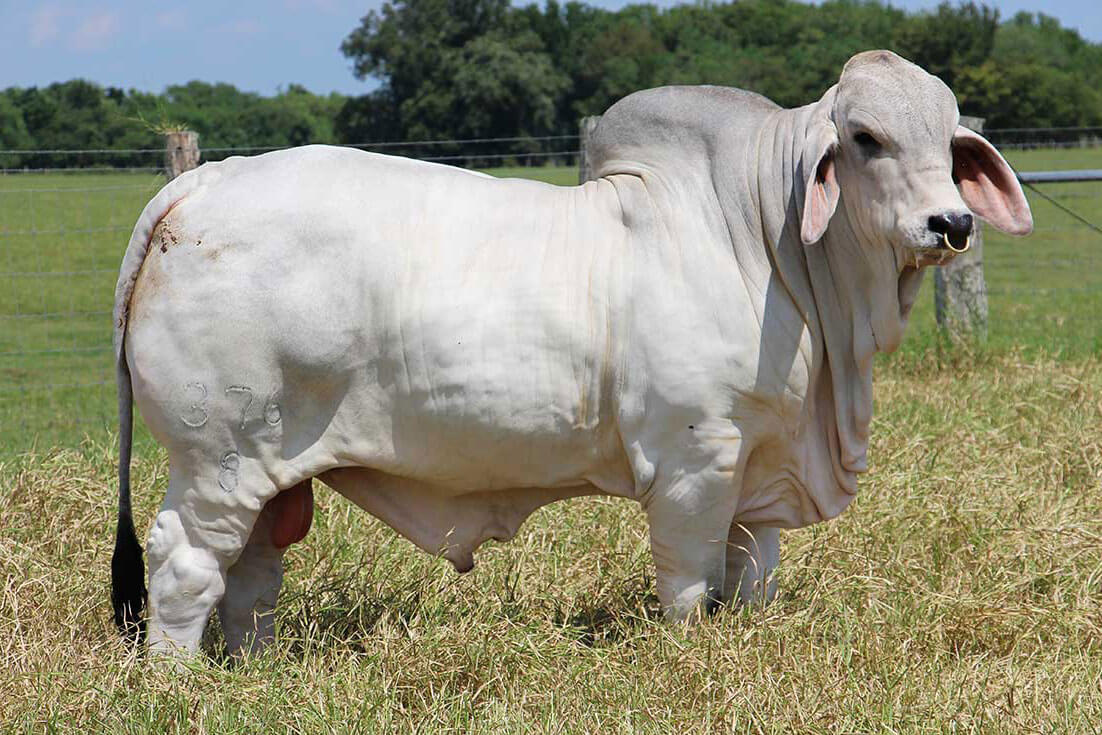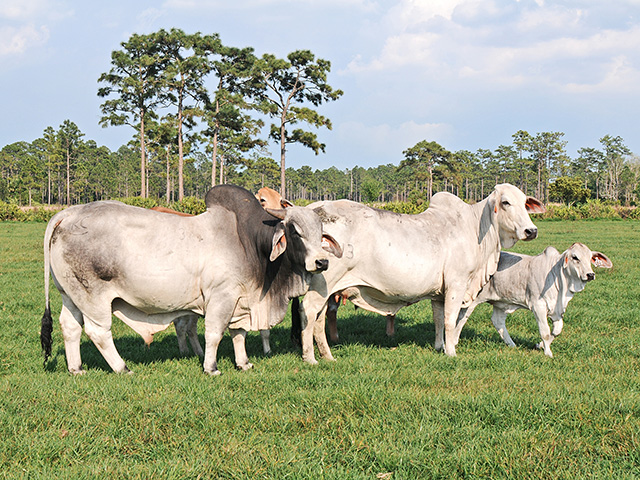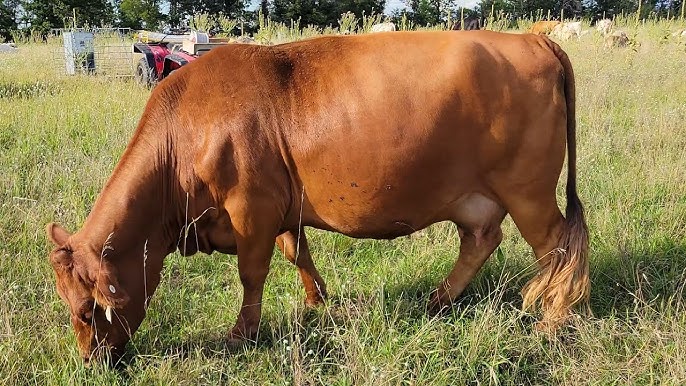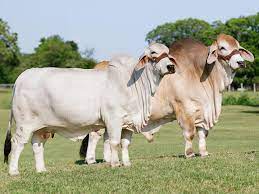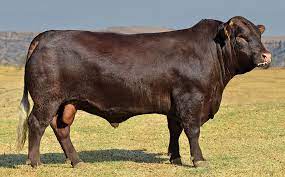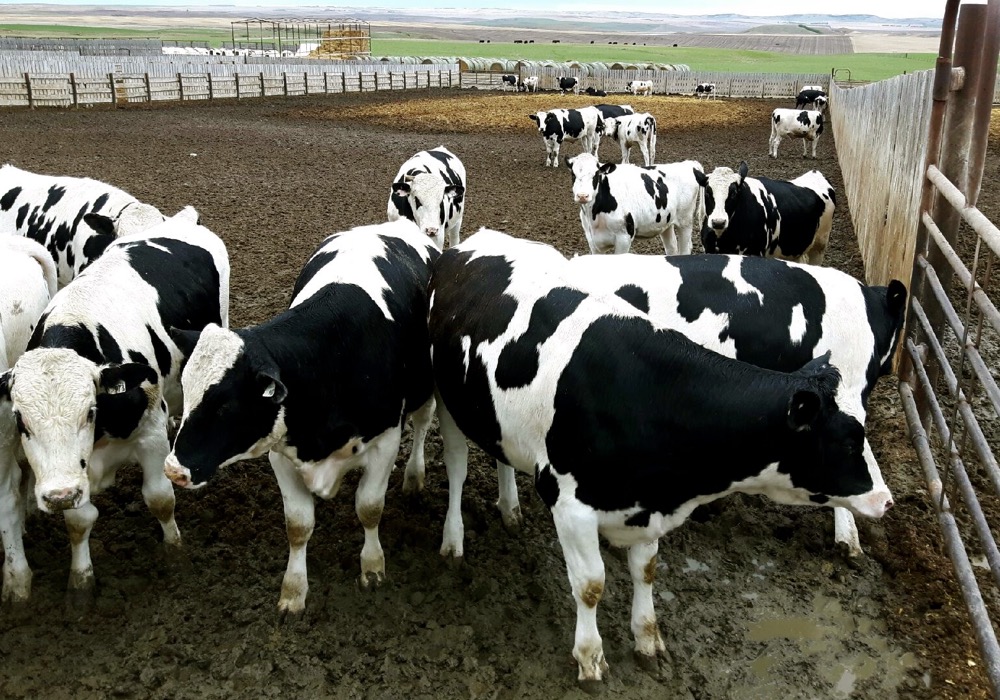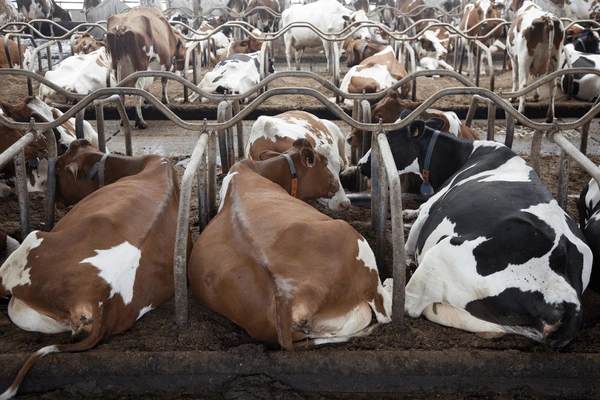Description
Cattle, specifically beef cattle, play a significant role in global agriculture and economies. These animals are primarily raised for their meat, which is a staple protein source in many diets around the world. Beef cattle come in various breeds, each selected for specific traits such as growth rate, feed efficiency, and meat quality. Popular breeds like Angus, Hereford, and Charolais are known for their marbling and tenderness, which contribute to the flavor and juiciness of beef. As consumer preferences continue to evolve, ranchers are increasingly emphasizing sustainable farming practices, animal welfare, and traceability to meet market demands.
The life cycle of beef cattle begins with careful breeding and extends through various stages of growth, from weaning to finishing. Ranchers utilize diverse grazing systems that not only enhance the health of the cattle but also promote soil health and biodiversity on their lands. Feeding strategies often include a mix of pasture grazing, supplemented with grains to enhance weight gain in finishing phases. Moreover, advancements in veterinary science have led to better health management practices, enabling producers to maintain healthier herds and reduce the incidence of diseases.
The beef industry is also intertwined with cultural and economic aspects in many regions. In the United States, for example, beef is not only a culinary staple but also a significant part of the cultural heritage, influencing everything from local traditions to major culinary events like barbecue competitions. Nonetheless, the industry faces challenges such as environmental concerns related to greenhouse gas emissions and land use. As a response, there is a growing movement towards regenerative agriculture practices that aim to minimize the ecological footprint while ensuring a sustainable and ethical supply of beef. Overall, beef cattle are more than just livestock; they are integral to a multifaceted industry that connects agriculture, culture, and sustainability.

